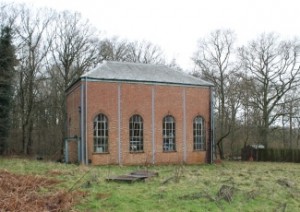 It is frequently seen on self build tv programmes when the building owner dispenses with their professional team and announces they are going to take on the role of the project manager.
It is frequently seen on self build tv programmes when the building owner dispenses with their professional team and announces they are going to take on the role of the project manager.
Often with little or no experience. Generally the end result is unsatisfactory, with conflicts with the building contractor, a lack of technical understanding, projects going over budget or well beyond the contract period, contractors not getting paid, legal disputes and all manner of stress to everyday life.
In short being a project manager is hard work. So why not let a professional help – in the long term, it will save you money, time, stress and heartache.
How can a professional help?
By enlisting the services of a Chartered Building Surveyor you will receive guidance and knowledge that will help your project to run smoothly. You’ll receive no nasty surprises and the outcome will be a refurbishment, extension or renovation that will be an asset.
RMA Surveyors Ltd will act on your behalf to specify, design and manage the building works. In addition to certifying works, assessing costs and liaising with the building contractor at every stage. We will use our professional skill, expertise and understanding of buildings and construction to administer and manage building contracts. We will supervise the building contract to ensure a smooth running of the project and a satisfactory outcome for all involved.
The Process
Once a project (e.g. a refurbishment, extension or reinstatement) has been designed and specified, we begin the process of procurement, usually via competitive tender. We issue the tender documents to several building contractors, who provide a quote for the works. Once tenders are received, we make a recommendation as to which building contractor should be appointed. We ensure you have the best building contractor for the job, at the best price.
We then manage the construction phase of the project, chairing regular on-site meetings, dealing with any issues as they arise, valuing works and certifying stage payments, as well as monitoring the overall quality of the build.
Finally, we certificate works when they have been satisfactorily completed and ensure any outstanding issues are dealt with after completion.
For further information on whether RMA Surveyors Ltd can help with your project, give us a call on 01635 579208. See our project management page for further details.





